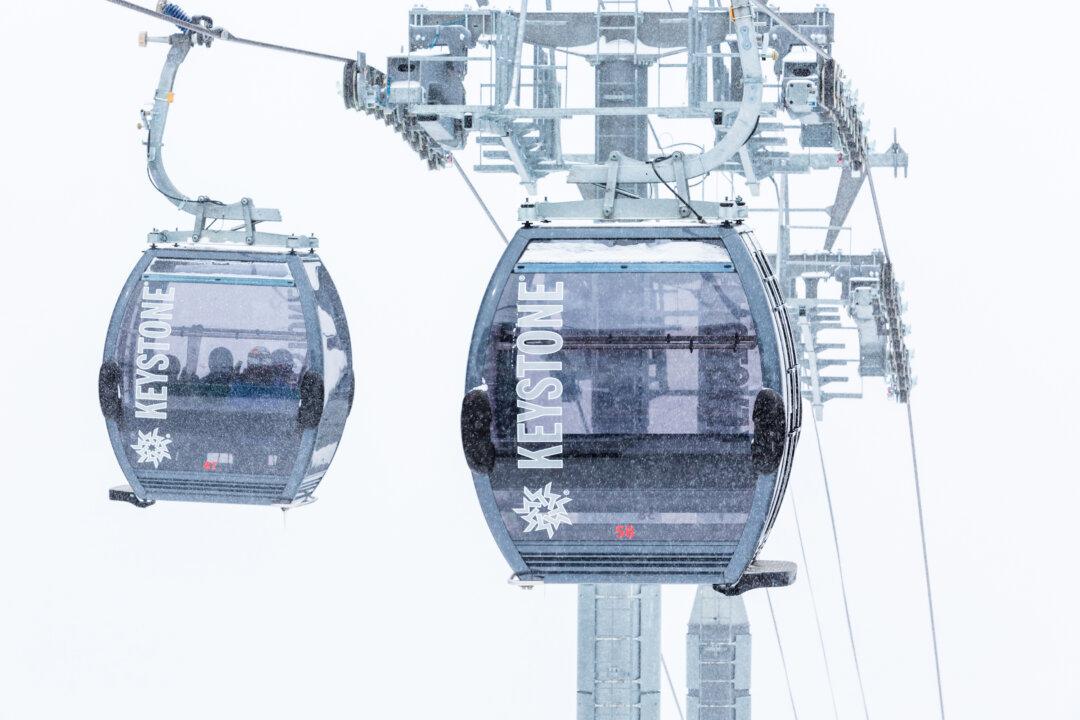North Carolina’s mountains, covered by their first snowfall of the year last week, presented a peaceful scene just weeks after unprecedented flooding and landslides, triggered by Hurricane Helene, devastated the region, leaving hundreds dead and communities such as Asheville essentially cut off.
In the wake of the disaster, two ski resorts close to Asheville announced they plan to open for the season on schedule.





